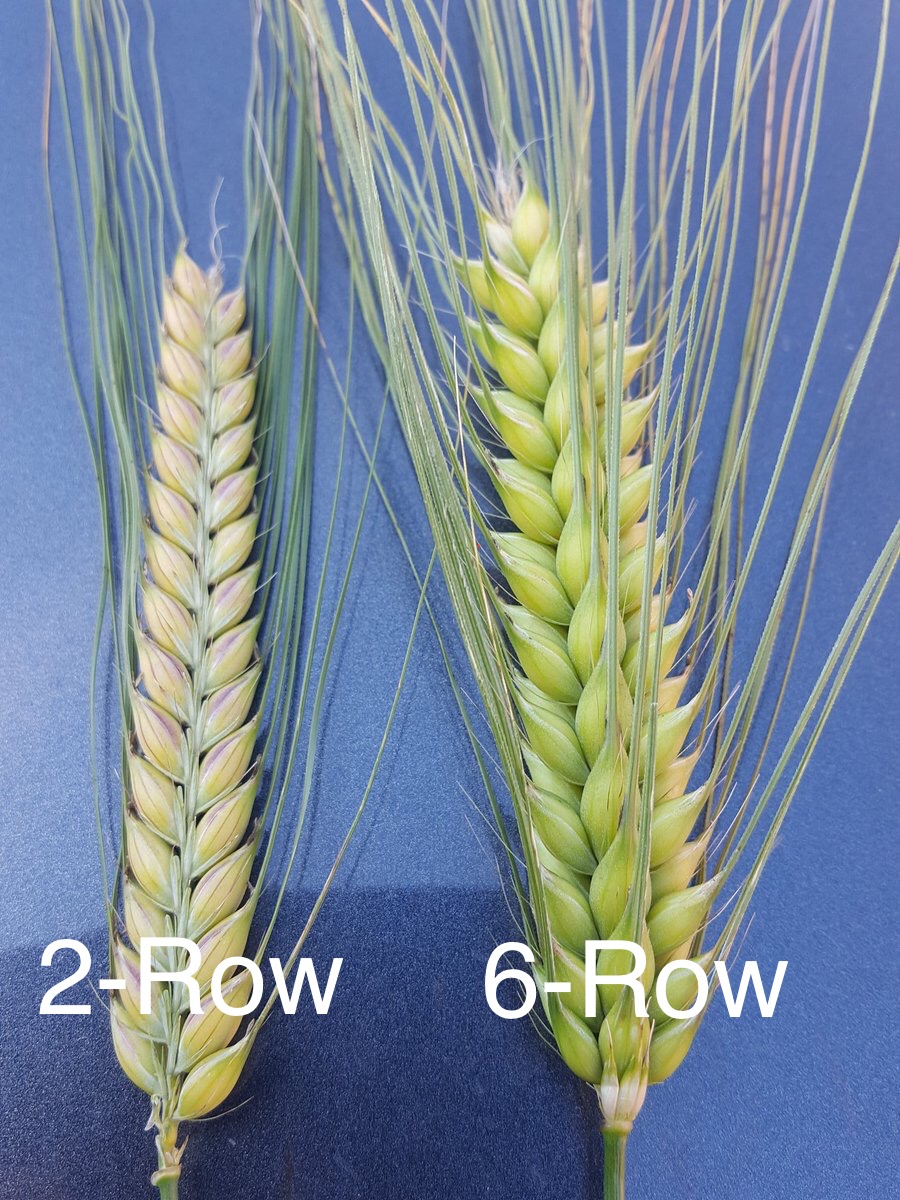JesterMage
Well-Known Member
I keep reading posts about grains and the term 2-Row. Since I am a new member I thought I would use the question "what is 2-Row?" as a way to introduce myself instead of Googling it.
I love reading all the articles here and look forward to many conversations.
I love reading all the articles here and look forward to many conversations.








![Craft A Brew - Safale S-04 Dry Yeast - Fermentis - English Ale Dry Yeast - For English and American Ales and Hard Apple Ciders - Ingredients for Home Brewing - Beer Making Supplies - [1 Pack]](https://m.media-amazon.com/images/I/41fVGNh6JfL._SL500_.jpg)




















































